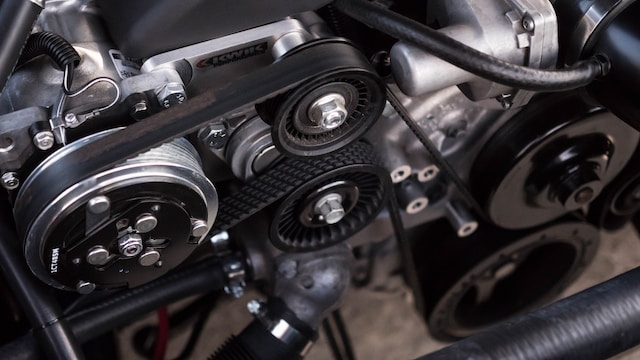
The Ultimate Guide to Choosing a Smoke Pump Tester for Your Needs
Smoke testing (also known as sanity or build verification test) is one of the most essential steps in the software development process. It flags errors affecting stability and makes it easier for other testing types. It helps them expedite diagnostics, improve repair accuracy, and heighten customer satisfaction and profits.
Size
For the average automotive enthusiast, the size of a smoke pump tester is likely a minor factor in choosing one for their needs. It is because if you use a smoke pump tester to locate leaks that cause boost loss, you are most likely looking for a hole in the turbo system at least six millimeters in diameter.
It is the same size as a typical automotive spark plug. A leak in this part of the vehicle’s exhaust usually creates smoke, which can be spotted with a mirror or by hand. A similar test is performed in plumbing to find sewer gas leaks, which produce a rotten egg smell and may be explosive or poisonous.
Portability
A smoke pump tester is a helpful tool for mechanics, but it’s crucial to consider how its portability can impact your requirements. There are different models available that vary in their level of portability. For example, a heavy-duty testo manual smoke pump tester is highly portable and easily carried in the hand.
It is essential also to consider the portability of a software component. Portability refers to the ability to move the component from one environment to another without altering its performance.
For software in development, portability testing can be performed by launching a particular page and trying to act, such as signing into an account. It would help determine if the feature works or not.
Power
A smoke tester must be powerful enough to fill the tested space. It helps to avoid the need to refill the cylinder, which can slow down the process and reduce efficiency.
One of the main ways to improve smoke testing efficiency is to ensure that all test cases cover all aspects of the product. It can help to prevent significant bugs from slipping through the cracks and save time overall.
A high-quality smoke tester uses a nonflammable, laboratory-tested, safe gas to locate plumbing system leaks. Some models use CFC refrigerants and propellants, but others use alternatives such as hydrocarbons or hydrofluoroolefins (HFO), which are stable and do not deplete the ozone layer.
Weight
Smoke pump testers are an excellent tool for diagnosing various issues with vehicles. They’re easy to use, and help mechanics find even the smallest leaks. These tools are typically attached to the spark plug port but can also be used to test for leaking exhaust valves or oil filter caps. They work by drawing smoke through the system and staining the paper provided, allowing engineers to identify any leaks or problems quickly and easily. The heavy-duty Testo manual is famous because it allows engineers to identify multiple leaks simultaneously, saving them time and money.
Safety
Smoke testing is a software test that helps verify that a product works. This test is often conducted after each build, and it can help developers save time finding bugs in their product later on.
This test forces non-toxic, artificially created smoke through waste and drain pipes under slight pressure. Plumes of smoke will appear where there are defects in the pipe. It can help locate sewer leaks, which can be dangerous because they may contain rotten egg-smelling methane gas or deadly hydrogen sulfide gas.
This type of test is also helpful in locating dry traps that could allow sewer gases to enter a home. A dry trap can be found in a drain not used often, such as a basement floor drain or an old toilet.





